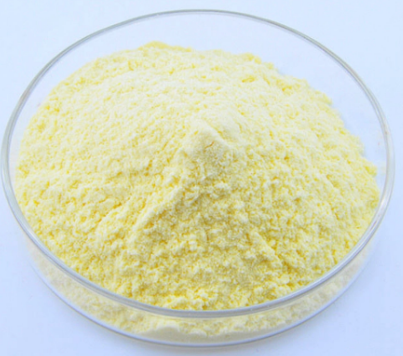D-Luciferin CAS:2591-17-5 Manufacturer Price
Bioluminescence imaging: D-Luciferin is widely utilized in bioluminescence imaging techniques, such as luciferase reporter assays. By introducing luciferase genes into cells or organisms of interest, the activity or expression of specific genes can be visualized and quantified. This technology allows researchers to track and monitor cellular processes in real-time.
Drug discovery and development: D-Luciferin-based bioluminescence assays are a valuable tool in drug discovery. By incorporating luciferase reporter genes into target cells or organisms, researchers can measure the effect of drugs or chemical compounds on specific biological processes. This enables the identification of potential drug candidates and the evaluation of their efficacy.
Molecular biology research: D-Luciferin is widely used in various molecular biology techniques, such as studying protein-protein interactions, monitoring gene expression, and probing cellular signaling pathways. The ability to quantitatively measure light emission provides a non-invasive and sensitive method to investigate these biological processes.
In vivo imaging: D-Luciferin can be used for in vivo imaging in animal models. By injecting D-Luciferin into the animal, the luciferase-expressing cells or tissues can be visualized and monitored using bioluminescence imaging systems. This allows researchers to study disease progression, cell migration, and therapeutic responses in live animals.
Environmental monitoring: D-Luciferin-based systems have been utilized in environmental monitoring, such as detecting microbial contamination in food and water. Luciferase gene expression in bacteria can be used to assess their viability and activity, providing a rapid and sensitive method for monitoring environmental microbial populations.

| Composition | C11H8N2O3S2 |
| Assay | 99% |
| Appearance | Pale yellow powder |
| CAS No. | 2591-17-5 |
| Packing | Small and bulk |
| Shelf Life | 2 years |
| Storage | Store in cool and dry area |
| Certification | ISO. |









